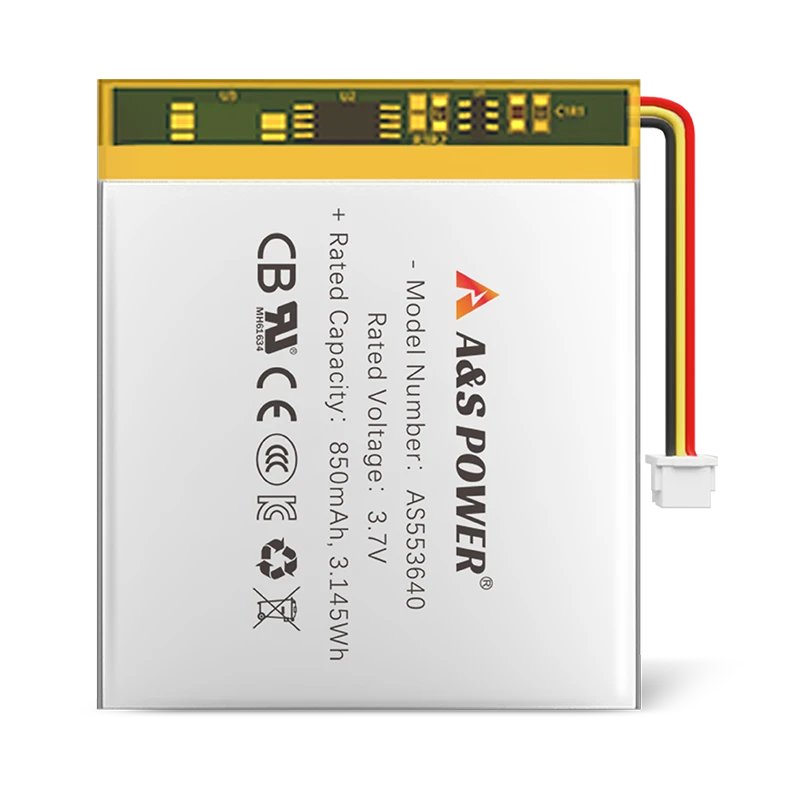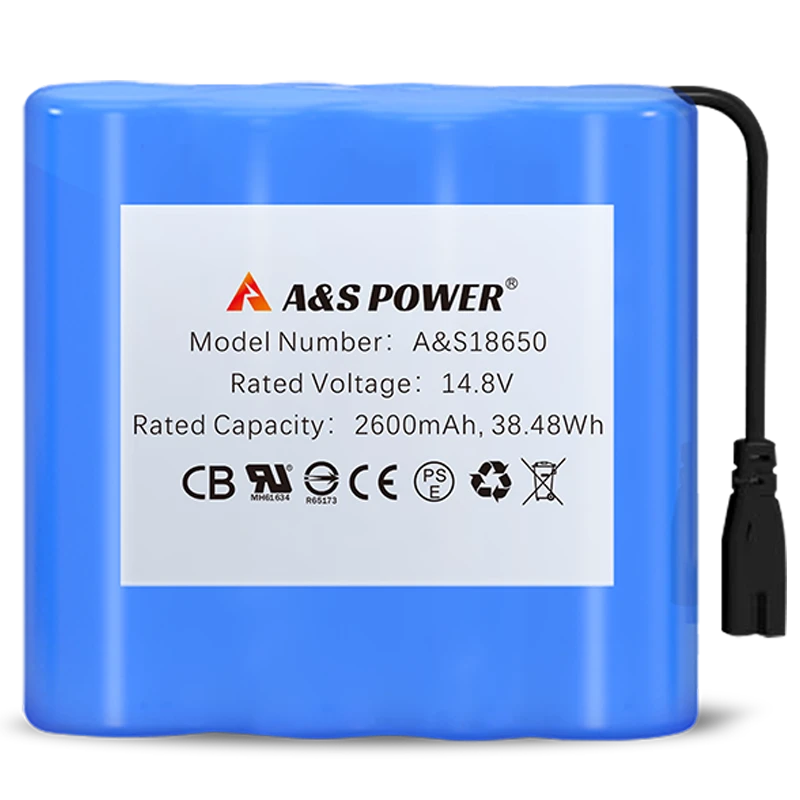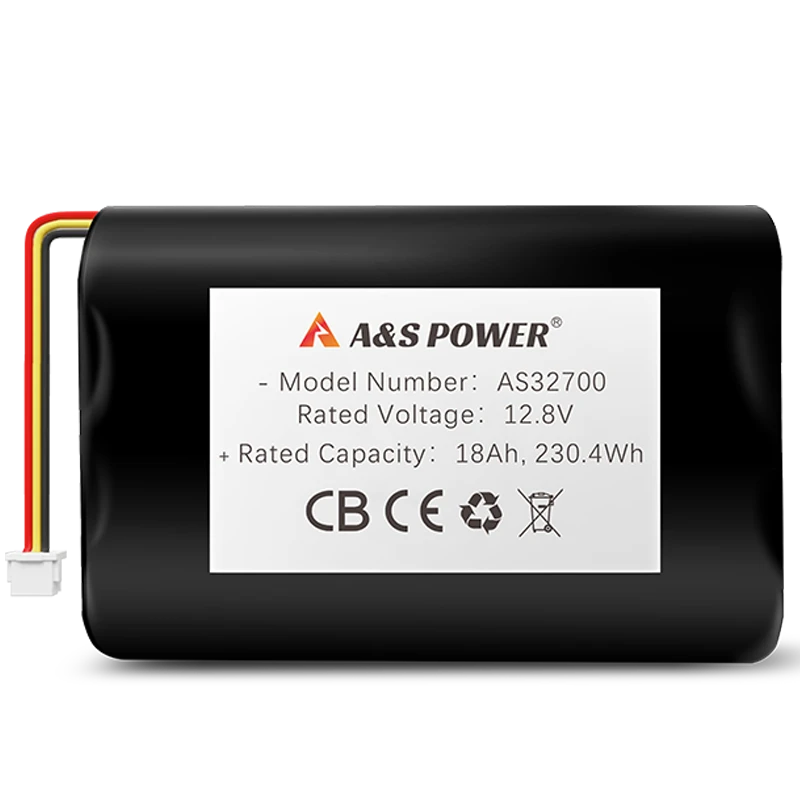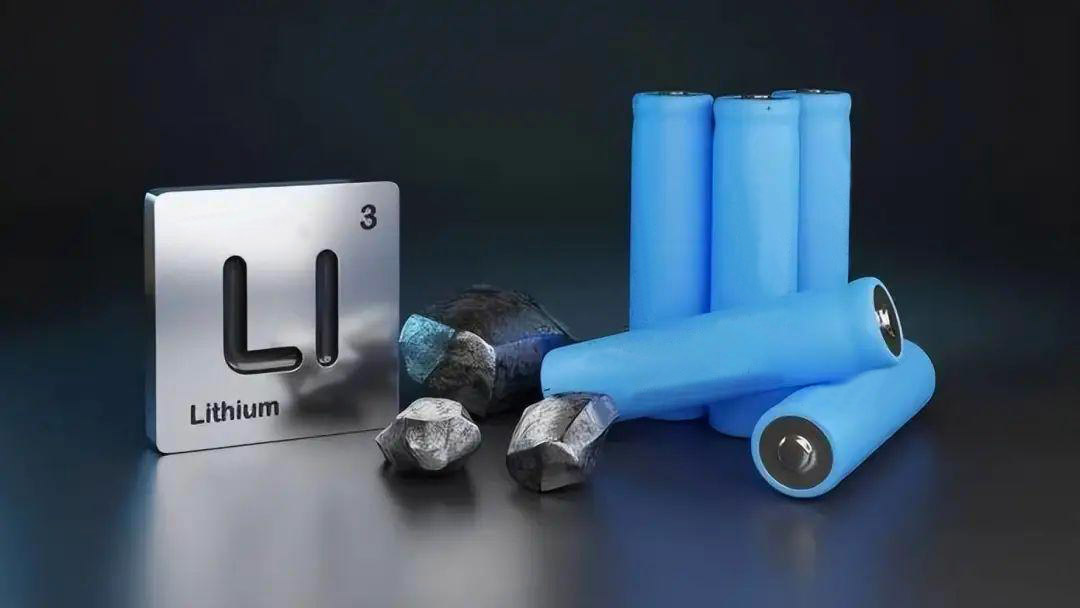Common Battery Models And Standards
Common Battery Models And Standards
The global energy storage landscape is defined by standardized battery models and strict international certifications—from consumer electronics to electric vehicles (EVs), these frameworks ensure safety, interoperability, and performance. With the lithium-ion market expected to reach $182 billion by 2030, understanding mainstream cell formats (cylindrical, prismatic, pouch) and compliance requirements (IEC, GB, UN38.3) is crucial for procurement, design, and deployment. This guide analyzes core models, application scenarios, and evolving standards to help companies explore the $52 billion renewable energy storage and $98 billion electric vehicle markets. Prevent swelling of lithium polymer batteries.
.
Dominant Battery Models & Technical Specifications
1. Cylindrical Cells: The Industry Backbone
Cylindrical cells dominate high-reliability applications due to their mechanical stability and thermal efficiency. Key models include:
- 18650 (18mm × 65mm): Energy density of 250–300 Wh/kg; used in 85% of power tools and Tesla’s early EV packs. Supports 15–20A continuous discharge.
- 21700 (21mm × 70mm): Higher capacity (4,000–5,000mAh) and 20% more runtime than 18650; adopted in Tesla Model 3 and solar storage systems.
- 26650 (26mm × 65mm): Optimized for deep-cycle applications (e.g., industrial UPS), with 5,000+ cycles at 80% depth-of-discharge (DoD).
Table: Cylindrical Cell Performance Comparison
| Model | Capacity (mAh) | Max Current (A) | Cycle Life | Primary Applications |
|---|---|---|---|---|
| 18650 | 2,500–3,500 | 15–20 | 500–800 | Laptops, EVs, flashlights |
| 21700 | 4,000–5,000 | 25–30 | 800–1,200 | EVs, e-bikes, grid storage |
| 26650 | 5,000–6,000 | 30–35 | 3,000+ | Medical devices, industrial UPS |
| Source: PoweringAutos Industry Benchmark (2025) |
2. Prismatic & Pouch Cells: Space-Efficient Alternatives
- Prismatic Cells: Rectangular designs (e.g., 100mm × 200mm) achieve 95% space utilization in smartphones and EVs. Tesla’s structural packs use prismatic LFP cells for enhanced thermal management.
- Pouch Cells: Flexible polymer pouches offer 30% higher energy density than cylindrical equivalents. Ideal for drones and wearables but require rigid casing to prevent swelling.
3. Chemistry-Specific Models
- NMC (LiNiMnCoO₂): High energy density (250 Wh/kg) for EVs; sensitive to >180°C thermal runaway.
- LFP (LiFePO₄): Thermal stability (>200°C), 2,000+ cycles; dominates solar storage and e-scooters.
- NiMH: Low-cost alternative for hybrid vehicles; compliant with JIS C 8511 safety standards.
Global Compliance & Safety Standards
1. Core Safety Certifications
- IEC 62133: Mandatory for portable cells; tests short-circuit, thermal abuse, and crush resistance.
- UN38.3: Required for lithium battery transport; validates altitude simulation and vibration tolerance.
- GB 31241: China’s safety standard for portable electronics; aligns with IEC 61960.
Table: Regional Safety Standard Requirements
| Standard | Scope | Key Tests | Markets |
|---|---|---|---|
| IEC 62619 | Industrial batteries | Overcharge, thermal runaway, fire | EU, North America |
| GB 38031-2020 | EV traction batteries | Mechanical shock, immersion, crush | China |
| ANSI C18.3 | Lithium primary cells | Leakage, explosion, voltage stability | USA |
| Source: Energizer Compliance Guidelines (2025) |
2. Application-Specific Mandates
- EV Batteries: GB/T 31467-2015 (China) and ISO 12405 (global) enforce vibration, thermal cycling, and crash safety tests.
- E-Motorcycles: QCVN 91:2019 (Vietnam) requires IP67 waterproofing and 1,000+ cycle lifespans for Li-ion packs.
- Renewable Storage: UL 1973 certifies grid-scale systems for fire resistance and 20-year durability.
3. Testing Protocols
- Electrical Tests: Capacity verification (per IEC 61960), internal resistance ≤20mΩ.
- Mechanical Tests: Vibration (20–2,000 Hz, 3hrs), crush (13kN force), and drop (1m height).
- Environmental Tests: Thermal shock (-40°C to 85°C), humidity (95% RH, 240hrs).
Sector-Specific Applications & Procurement Strategies
1. Electric Vehicles & E-Mobility
- EV Packs: 21700 cells dominate 70% of new models; Tesla’s 4,416-cell packs deliver 82kWh.
- E-Scooters: LFP prismatic cells (48V/20Ah) comply with QCVN 91:2019’s drop and overcharge tests.
- Procurement Tip: Prioritize UN38.3 and IEC 62660-certified suppliers for cross-border logistics.
2. Consumer Electronics
- Smartphones: Pouch cells (3.8V/4,000mAh) meet GB 31241’s short-circuit thresholds.
- Power Tools: 18650 cells with CID/PTC protectors exceed ANSI C18.2 safety margins.
3. Industrial & Renewable Energy
- Solar Storage: LFP 26650 cells (48V/10kWh) achieve 98% round-trip efficiency; UL 1973-compliant.
- UPS Backup: VRLA batteries (per DIN 43539) offer 12-hour runtime but are being replaced by Li-ion for 40% TCO savings.
Table: Industry-Specific Compliance Checklist
| Sector | Required Standards | Certification Body | Key Metrics |
|---|---|---|---|
| Consumer Electronics | IEC 62133, GB 31241 | UL, TÜV SÜD | Cycle life >500, no swelling |
| E-Motorcycles | QCVN 91:2019, ISO 12405 | Vietnam Register | IP67, vibration resistance |
| Grid Storage | UL 1973, IEC 62619 | Intertek | 20-year lifespan, fire retardant |
4. Customization & Sourcing Guidelines
- OEM/ODM Options: Cell chemistry (NMC/LFP), BMS firmware tweaks, and casing branding.
- Order Volume Pricing:
- 10K–50K units: 1.80–2.20/unit (15-day lead time)
- 200K+ units: 1.20–1.50/unit (7-day lead time).
Future Trends & Strategic Recommendations
1. Evolving Standards (2025–2030)
- Solid-State Batteries: New ISO/IEC frameworks under development for ceramic electrolyte safety.
- Carbon Neutrality: EU Battery Regulation (2026) mandates 70% recycled cobalt and carbon footprint labels.
- Smart BMS: IEC 62933-5-2 updates for AI-driven predictive maintenance and SOC calibration.
2. Procurement Best Practices
- Prioritize Dual Certification: Suppliers with both IEC and local standards (e.g., GB, QCVN) for market flexibility.
- Demand Third-Party Test Reports: Validating cycle life, thermal runaway thresholds, and DoD tolerance.
- Audit Recycling Compliance: Ensure partners meet EU 2026 and Redwood Materials’ 95% recovery targets.
Conclusion
Common Battery Models And Standards form the bedrock of safe, scalable energy storage—from 250 Wh/kg cylindrical cells to LFP packs exceeding 2,000 cycles. Businesses aligning procurement with IEC 62133, GB 38031, and QCVN 91:2019 will dominate $150B+ markets in EVs, renewables, and industrial automation while mitigating safety and compliance risks.
-

 May.2025.12.22What is a Nickel Cadmium Battery and How Does It WorkLearn More
May.2025.12.22What is a Nickel Cadmium Battery and How Does It WorkLearn More -

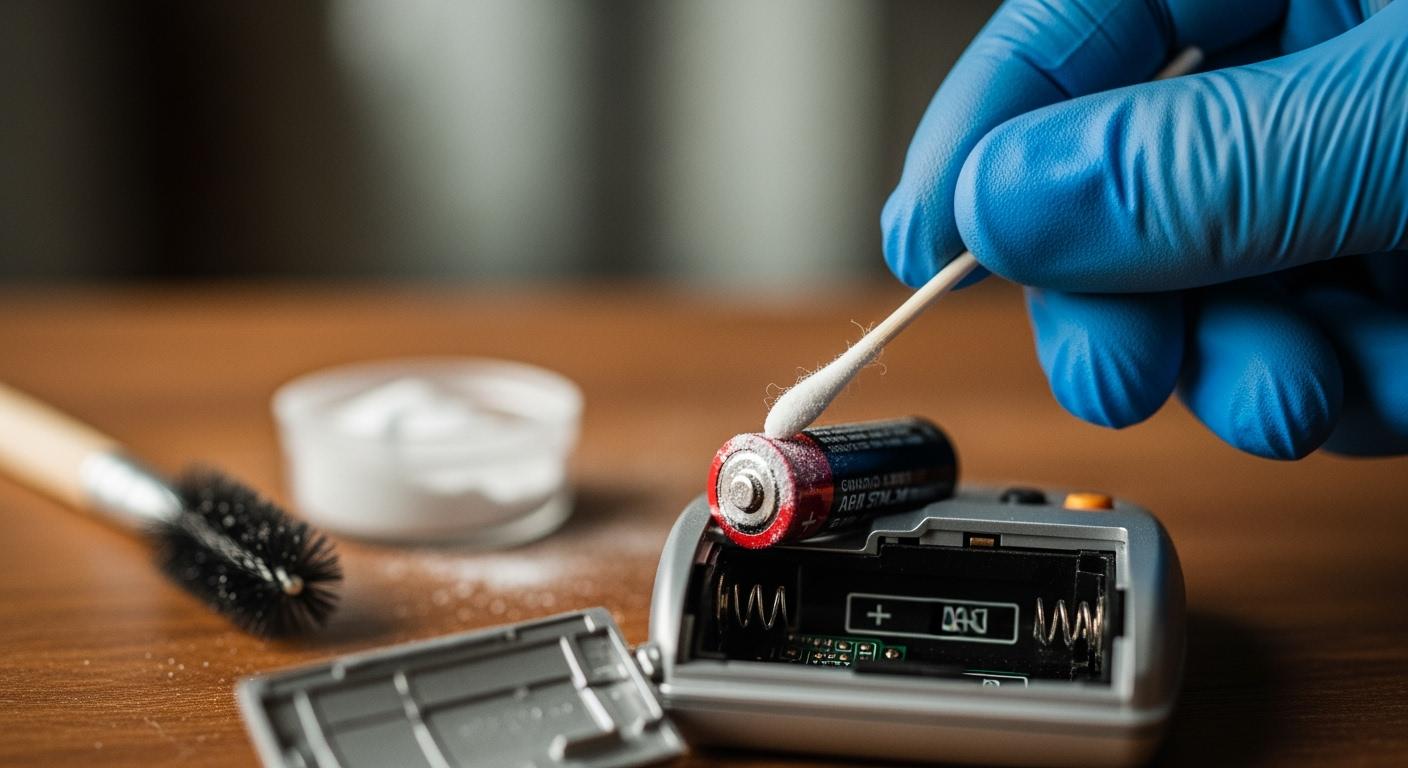 May.2025.12.22How to clean battery corrosion?Learn More
May.2025.12.22How to clean battery corrosion?Learn More -

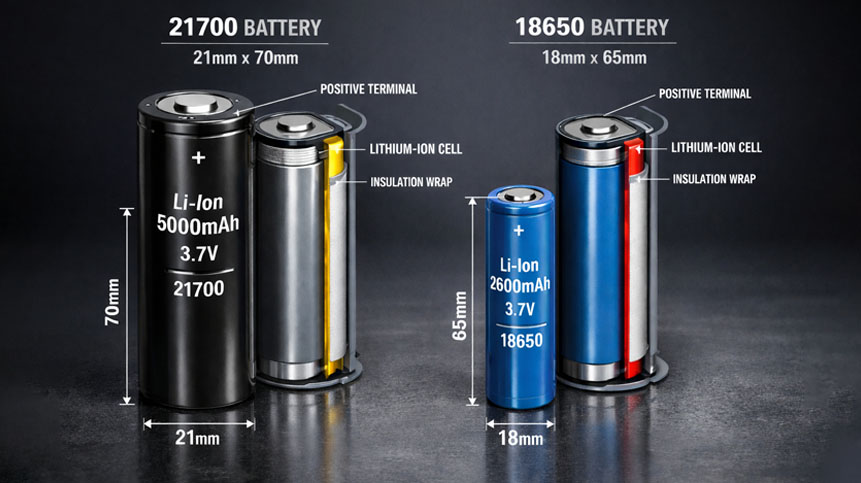 May.2025.12.2021700 Battery: Meaning, Comparison with 18650, and How to Choose the Best QualityLearn More
May.2025.12.2021700 Battery: Meaning, Comparison with 18650, and How to Choose the Best QualityLearn More -

 May.2025.12.19Medical Device 18650 Rechargeable Battery: What Buyers Must Evaluate?Learn More
May.2025.12.19Medical Device 18650 Rechargeable Battery: What Buyers Must Evaluate?Learn More -

 May.2025.12.19Common voltage types of lithium polymer batteries for different applicationsLearn More
May.2025.12.19Common voltage types of lithium polymer batteries for different applicationsLearn More




